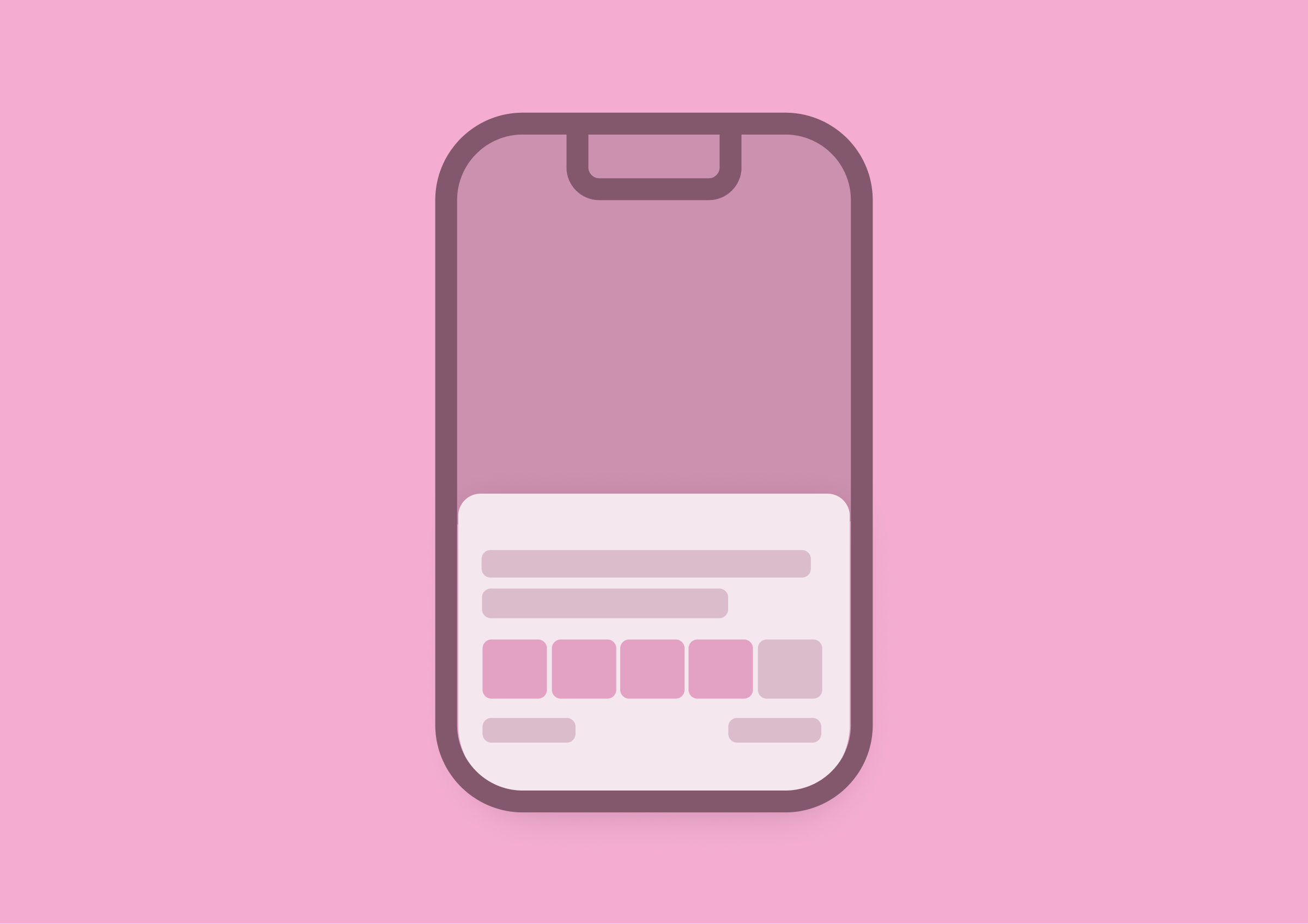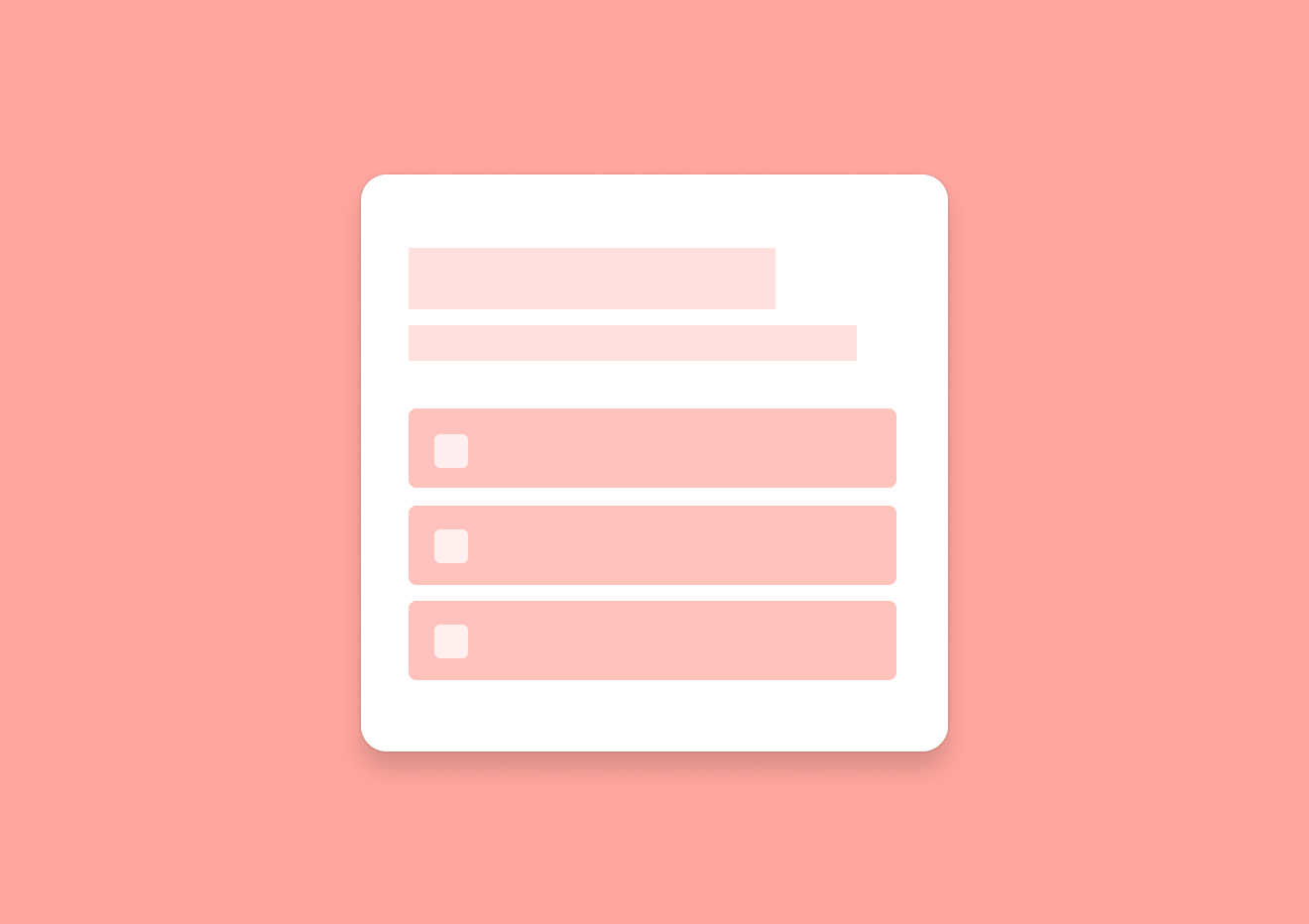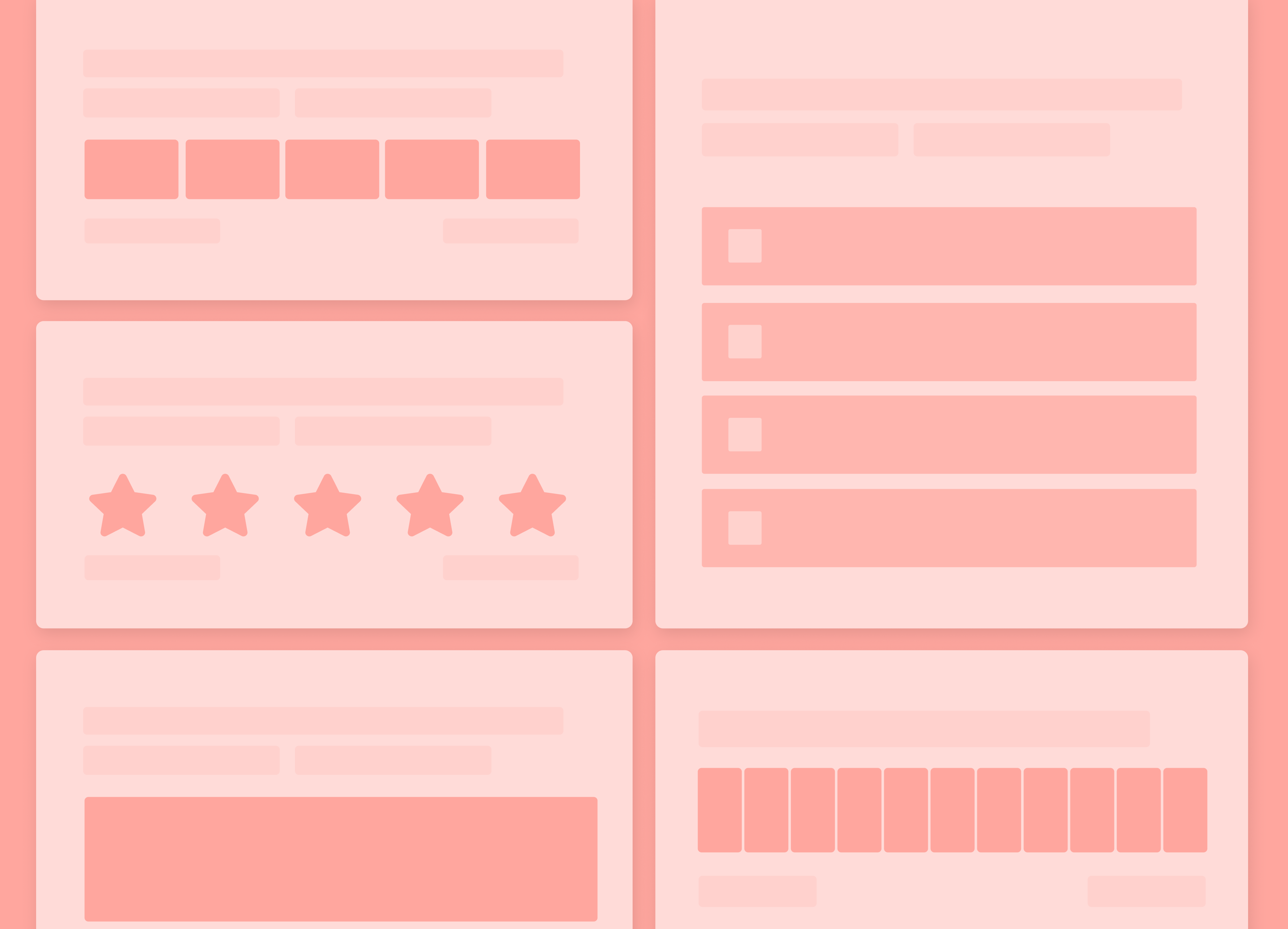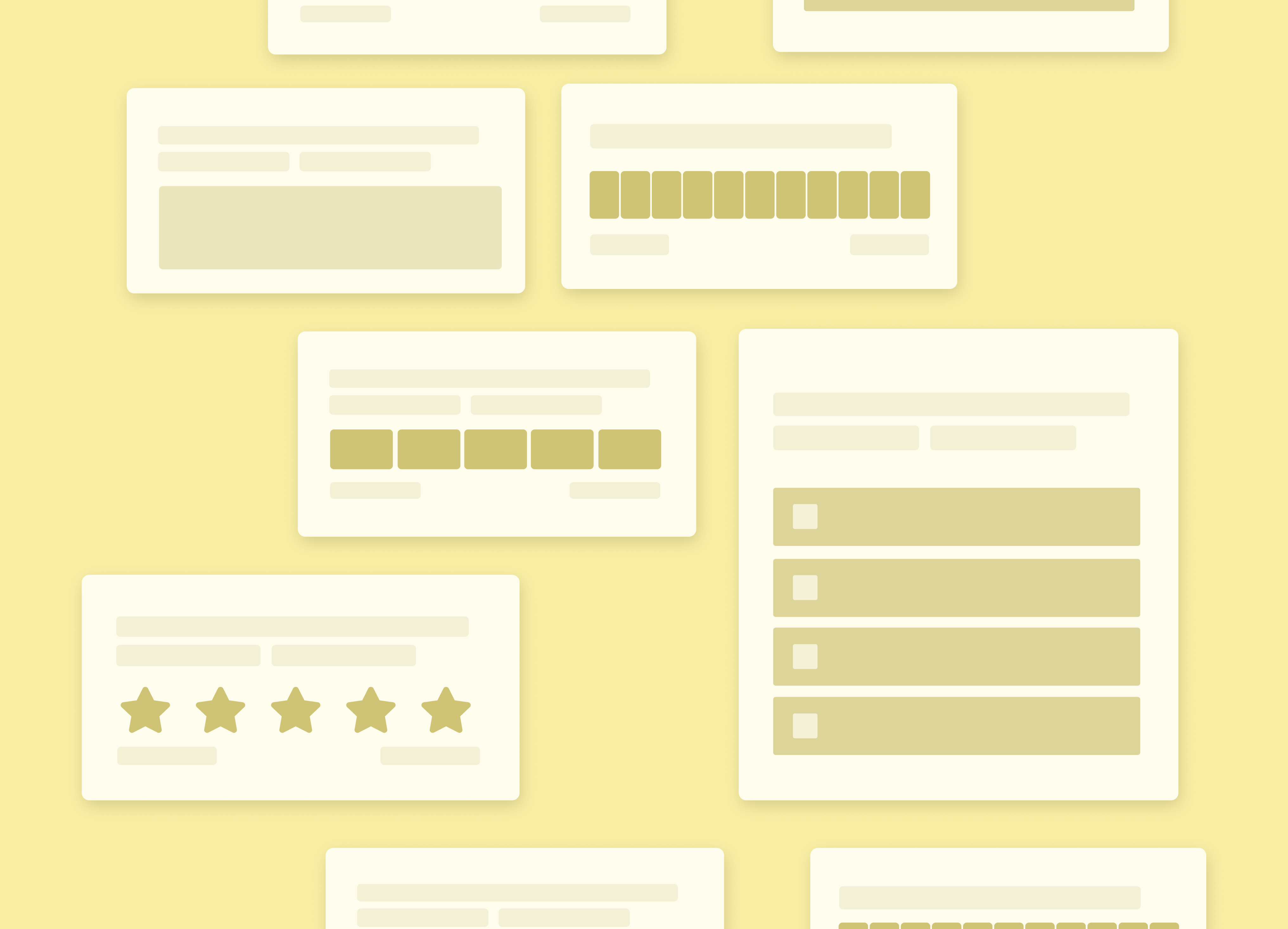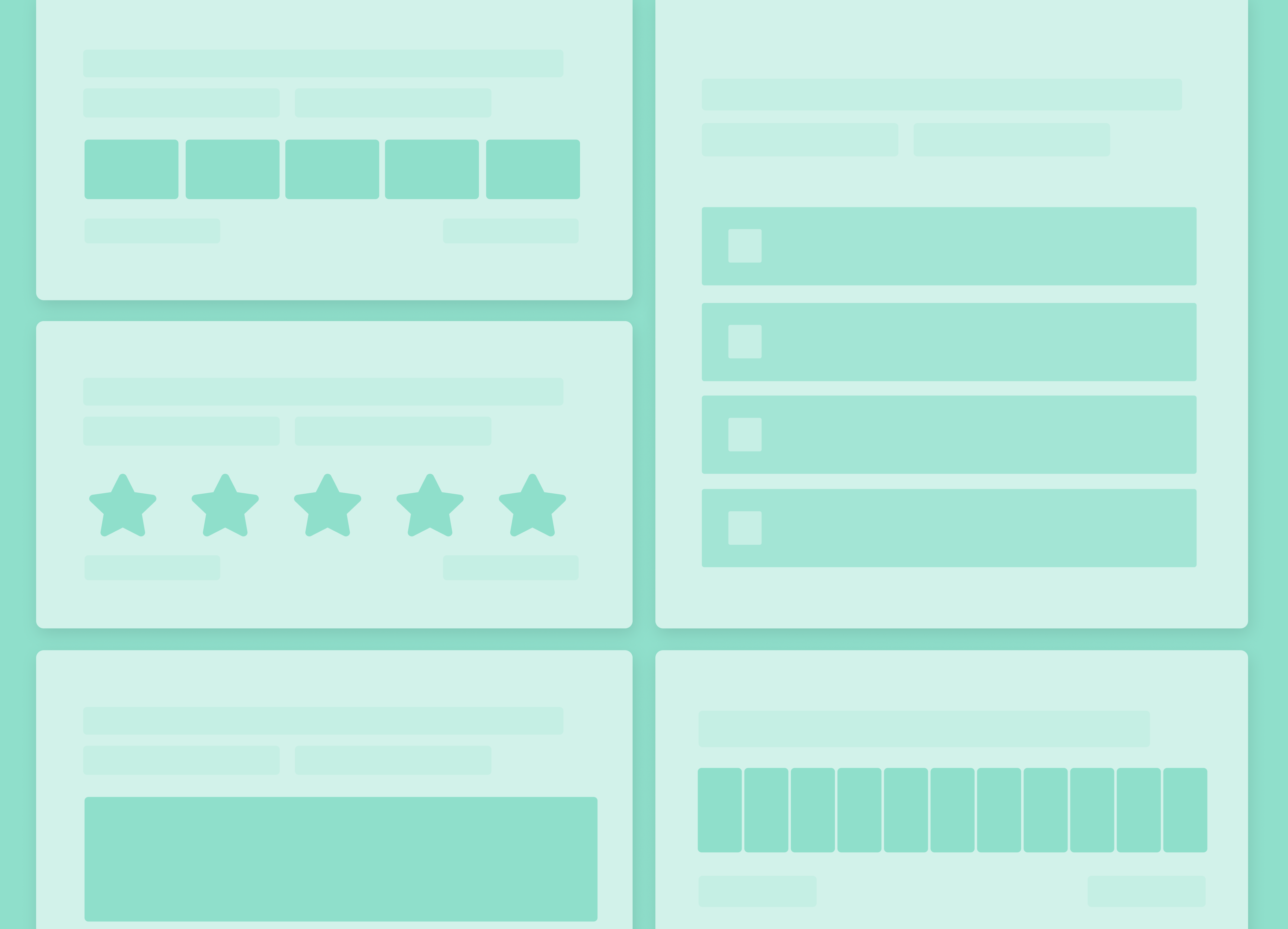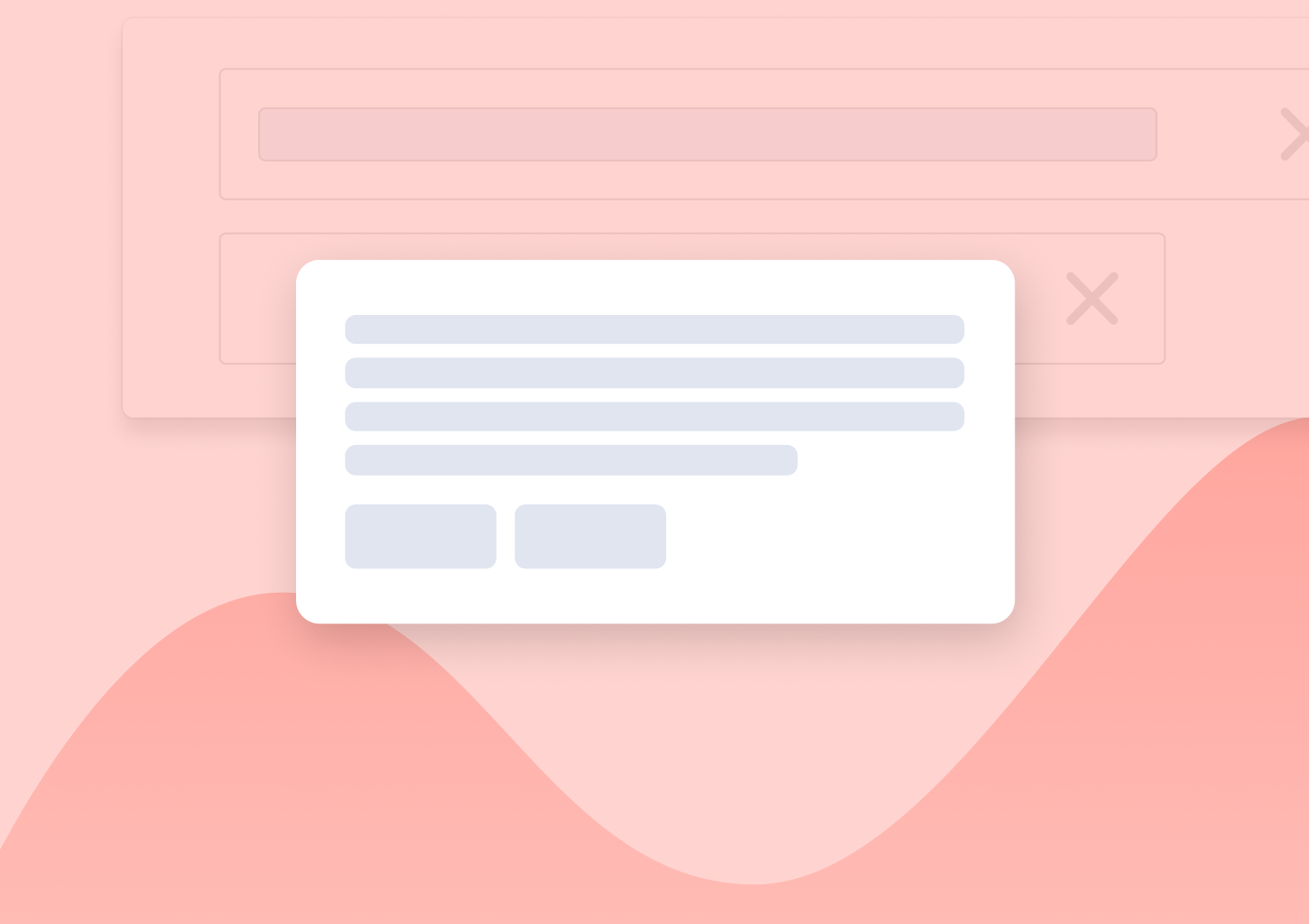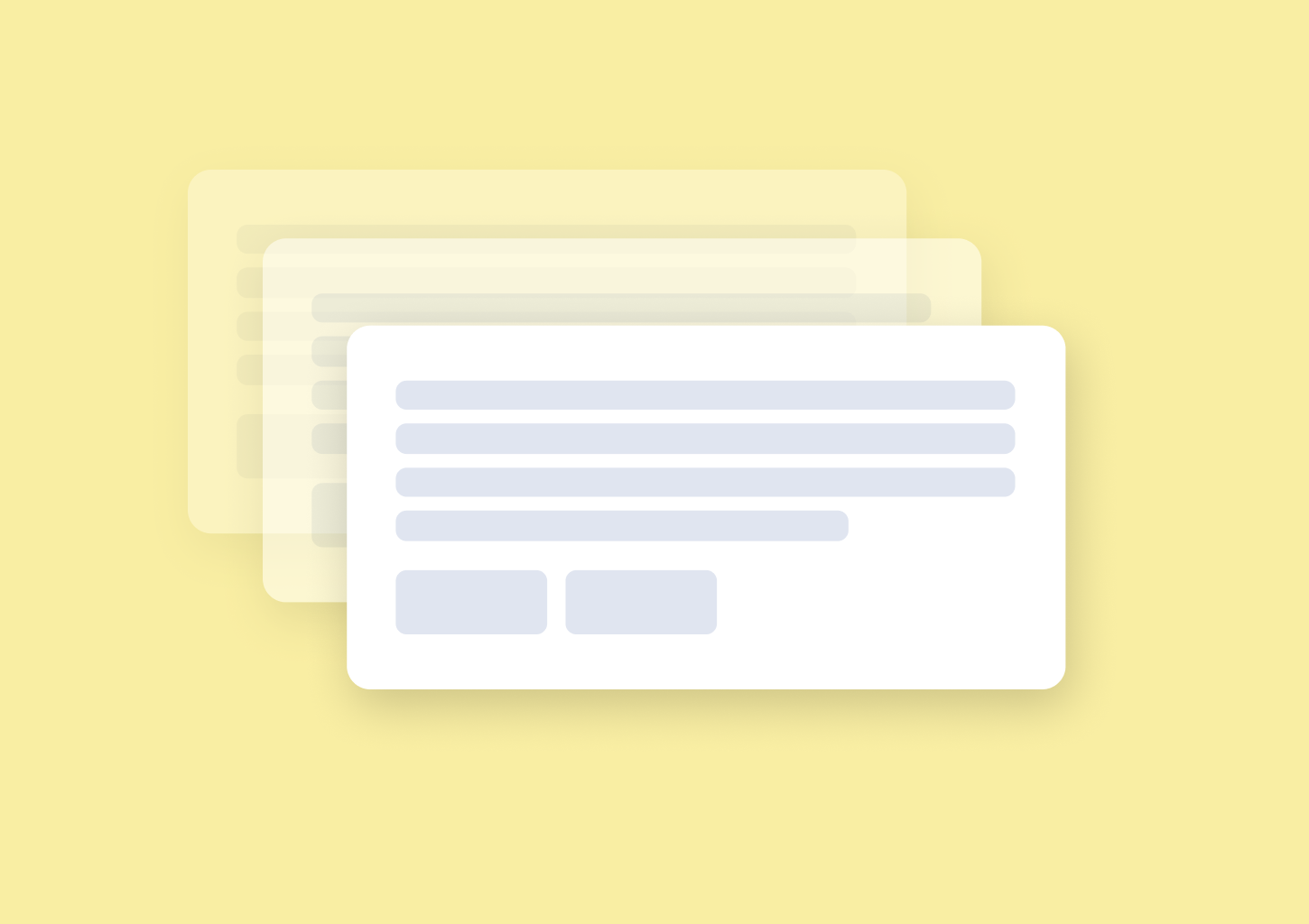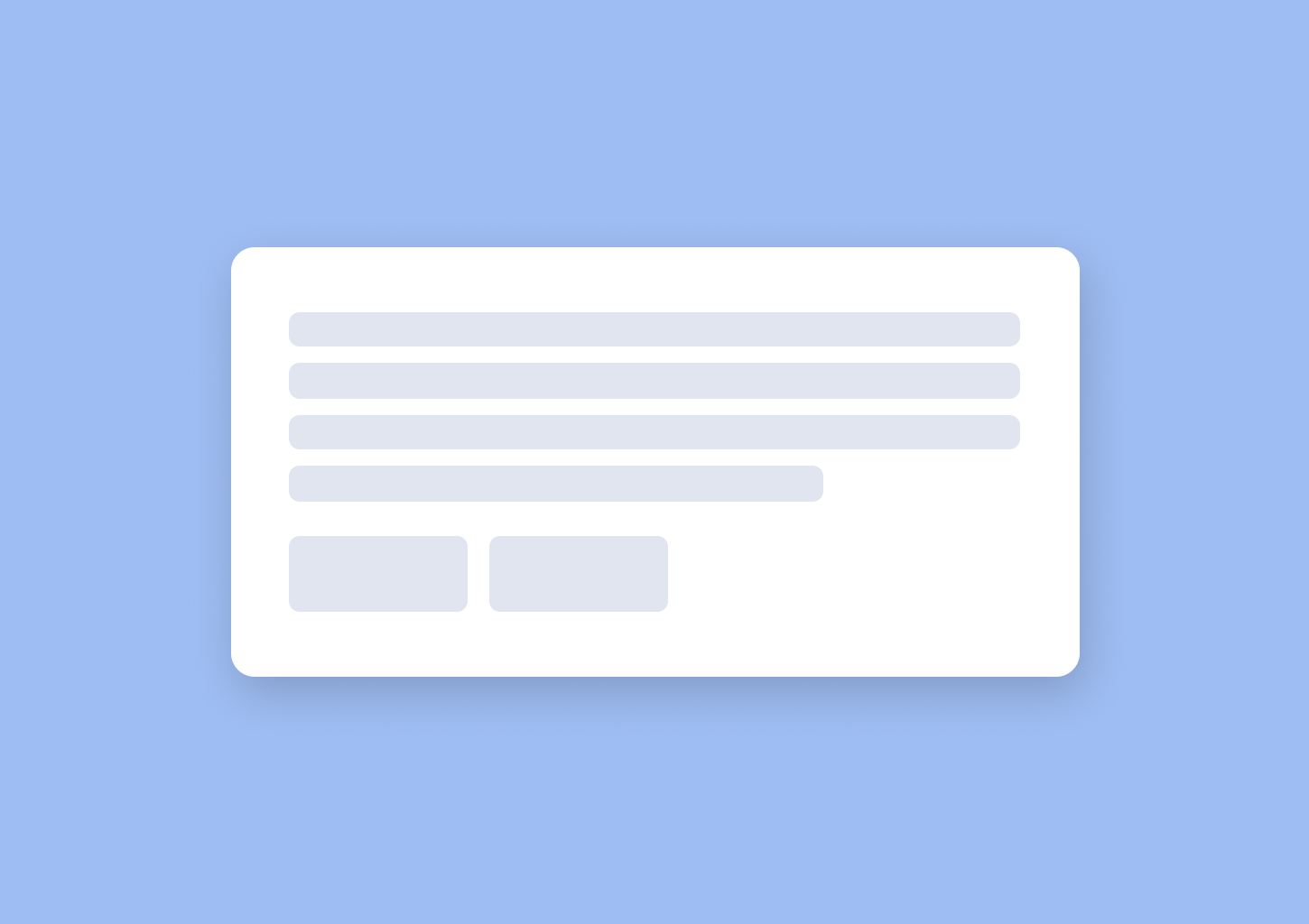Churn Survey: How to Use Cancellation Surveys to Reduce SaaS Churn
Want to run churn surveys but don’t know where to begin?
Well, we’ve all been there.
We’ve all experienced the pain of seeing some of our customers leave.
But the thing is – churn is an unavoidable part of our reality in SaaS. It’s not something we can eliminate completely.
We can work towards reducing it, though, and try to retain some of those customers for longer.
To do that, however, we first need to figure out why those people leave. That’s where churn surveys come in.
So, in this guide, you’ll learn everything about churn surveys – from what they are, to how to run them, and I’ll even show you what churn survey questions to ask.
Intrigued? Let’s get right to it, then.
What Is a Churn Survey in Saas?
A churn survey is a series of questions you ask a customer when they decide to stop their subscription to your service.
Let’s say a customer doesn’t want to use your product anymore. They already decided to cancel the subscription and are ready to hit the “delete account” button.
You can simply let them go or you can use the opportunity to run a quick churn survey to help you understand the reasons why they canceled their subscription.
This is what a churn survey question could look like.
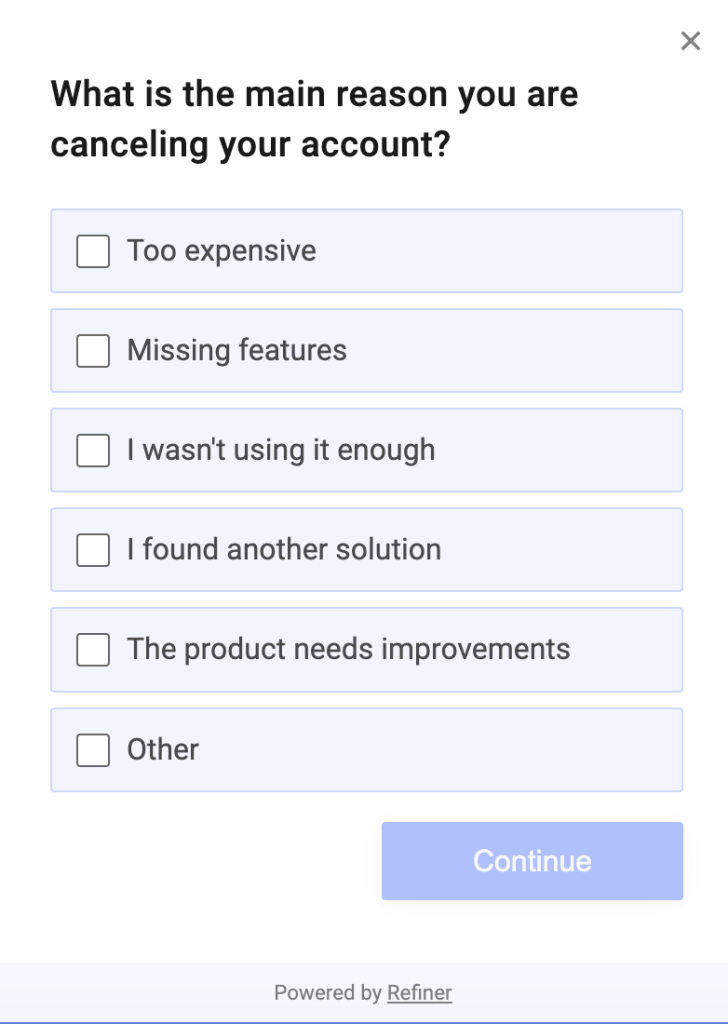
Why Do You Need to Run a Churn Survey
Let’s look at the key reasons to run a churn survey for your SaaS business.
#1. Churn surveys help you understand why customers leave
The best way to improve your product is to know why your customers stop using it.
A churn survey can help you gather the type of feedback that you won’t access, for example, from your happiest users or the net promoter score (NPS) that measures customer loyalty.
It’s your chance to discover your product’s blind spots that can prevent your growth.
For instance, the responses can vary from the high pricing to the complicated features to use. The more you collect such insights, the easier it becomes to spot the trends on why your customers left.
#2. The information you collect will also help you prevent churn
Let’s be realistic, the chances are not in your favor when someone has decided to leave but this shouldn’t stop you from trying.
How about offering a solution to your customers’ problems?
In many instances, businesses are offering alternative options to churned users to convince them to stay.
Let’s say someone thinks your product is too expensive. You could use the churn survey to offer them a discount for a set period.
The churn survey is your last chance to prevent a cancellation so make sure you pay attention to your customers’ concerns to address them appropriately.
#3. Churn surveys also help you improve the user experience
The feedback you’re gathering from a churn survey can be the secret to establishing a successful product roadmap.
It’s not just about the customers who leave but the insights can also help you strengthen your product offering for your most engaged audience.
Imagine you launch a churn survey and several users mention they were not happy with the customer experience while using the product.
Just like that, you discover that you need to boost your customer service across different touchpoints and improve the processes to keep your customers happy.
What Do You Need to Include in a Churn Survey?
A churn survey has to be short and sweet to have higher chances of engagement. You don’t want to ask for too many things from your lapsed users who have already canceled their subscriptions, right?
It should include a brief introduction of a couple of sentences where you invite the user to fill in the survey.
The questions should be direct and easy to understand. You can even be clear on the time commitment that the survey requires.
Here is an example of a churn survey template that you can use.
We’re sorry to see you go 🙁
Before you leave, we’d love to know why you canceled your subscription. Your honest feedback will help us improve our product.
Why did you decide to cancel your subscription?
- Too expensive
- Missing features
- I wasn’t using it enough
- I found another solution
- The product needs improvements
This is a visual design of what the question could look like.
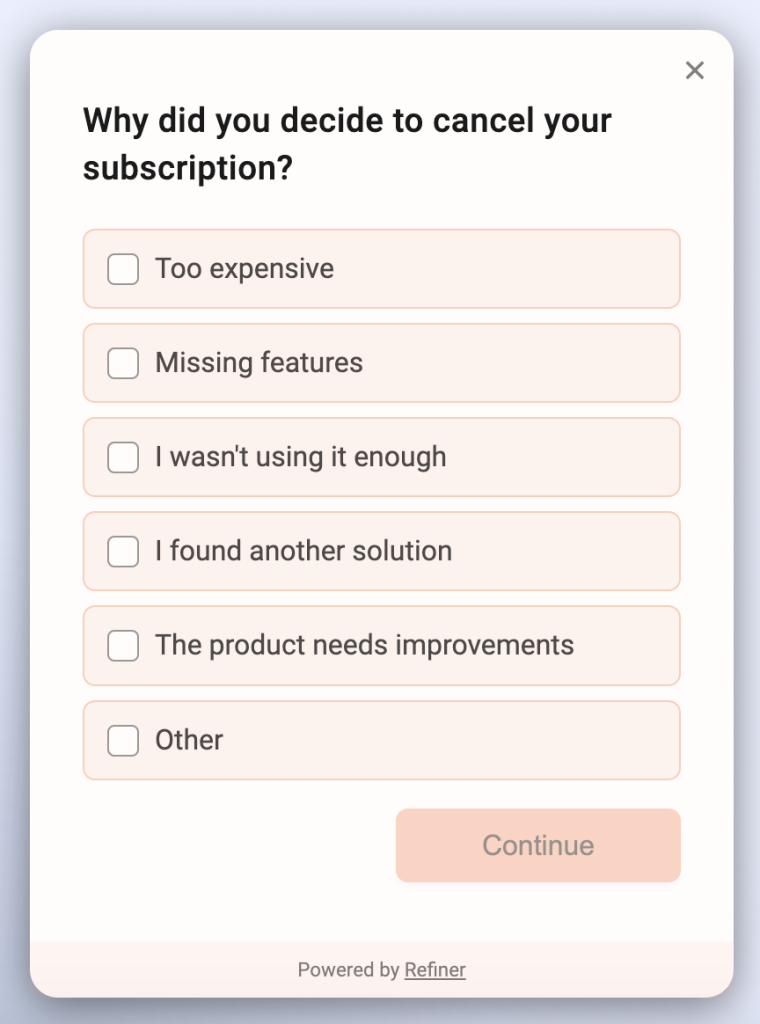
As you can see, we are aiming for a simple structure to encourage more users to fill out the survey in just a few seconds.
PRO TIP: Keep your churn survey as short as possible. You are surveying customers who have decided to stop using your product, after all, and can’t expect them to be eager to provide an in-depth explanation of why.
Below is an example of an optimal churn survey structure built with Refiner. Note that it includes just a single question and a thank you screen.

Examples of Churn Survey Questions
It’s up to you to decide how many questions you want to use in your survey. You can aim for one simple question to find out the main reasons why your customers churned or you can add follow-up questions to get your users to expand on their feedback.
Your survey can include a mix of multiple-choice and open-ended questions to gather the best insights from the lapsed users.
For example, you can use multiple choice questions to discover the most popular reasons someone is ending the subscription to your product in just a few seconds.
You can also ask open-ended questions to find out more about why they stopped using your product.
Let’s look at some real-life examples of churn survey questions that you can use.
Multiple-choice questions
Why did you cancel your subscription?
This is one of the most popular questions to ask in a churn survey. It’s direct and easy to answer but it can still help you collect valuable feedback on the reasons someone is leaving your product.

What was the main reason you decided to stop using [Product]?
Here is a question that is more specific than the previous one. You are now asking your customers to prioritize the reasons they stopped using your product without having them add too many responses.
The feedback you collect can help you prioritize the areas you need to improve to reduce churn in the future.
Open-ended questions
Anything else you would like to share?

An open-ended question should give your customers the option to share their thoughts in their own words.
This is the chance for them to expand on their answers and help you understand what they really miss in your product.
This question is easy to understand and you can use it as a follow-up to a multiple-choice question.
What can we do to improve?
This is another question to help you understand what your product is lacking. In this question, the copy is more approachable to encourage your customers to share their honest feedback about your product.
It can even be an opportunity for your churned users to share what they like about your product along with the areas that you could do better.
PRO TIP: Use survey logic to keep the churn survey short. This way, you can present the open-ended follow-up question only to selected users, such as those who canceled their accounts because of missing product features.

How to Act On Churn Survey Responses
It’s not enough to collect your customers’ feedback if you’re not acting on it, especially when you are about to lose a customer.
Let’s look at various different scenarios that could lead to customer churn and how you can address the feedback.
#1. Cashflow issues
One of the reasons a customer can churn is having cashflow issues within their company.
How can you respond to this scenario?
You can suggest to them to switch to a smaller plan or offer a discount if the cashflow issue is temporary. If it works well, you’ve managed to prevent churn. If it doesn’t, you’ll know that it was beyond your control to keep this customer.
#2. High price
A customer may churn because they think the product’s pricing is too high.
If it’s not a cashflow issue, you know that offering a coupon won’t help.
This is the time to step back and see how many customers are having similar complaints. If many of them find your pricing too high, you might have a market fit challenge to address.
#3. Issues with user experience
If many churned customers report issues with the user experience, it’s time to review your user journeys. Ask a follow-up question to find out more details about the issues they are facing.
Once you gather the feedback, make sure you prioritize UX projects in the roadmap.
You can also launch customer satisfaction surveys for your engaged users to collect their own feedback and what you can improve.
#4. Unstable product
A customer can stop using your product if they find it unstable with numerous bugs on a frequent basis.
This is an important concern that you want to address before it affects your business growth.
The best option is to invest more resources in maintenance and developer operations to ensure that you are able to meet your customers’ demands.
#5. Confusing onboarding
Another reason your customers may churn is having a confusing onboarding process that is not helping them make the most of your product.
In this case, you want to find out more about the touchpoints that bring your customers closer to churn.
Ask a follow-up question to find out more details. You can even interview the customers who have just been onboarded to gather their own feedback.
Write down all the reasons that make your onboarding confusing and make sure you address them to prevent future churn.
#6. Underwhelming customer success
Your customers can churn if they are unhappy with the customer service they received from your product or service on multiple occasions.
If this is a frequent response in your churn feedback surveys, it’s time to act on it.
Start by reviewing your current processes in customer service and how you can be more helpful. If needed, hire more people to have enough resources to address all customer issues.
This is another complaint that can impact your business scale so you don’t want to ignore complaints about customer success, right?
#7. The product is not the right fit for them
A customer may churn after finding out that the product is not what they initially thought.
In this case, it’s time to look at your churn rate and how it compares to the industry standards.
If your churn rate is higher than 5% for B2B SaaS or 7% for B2C SaaS, then you need to re-evaluate the audience you attract as they are not the right fit for you.
The best way to reduce the churn is to interview your most engaged customers to find out how they differ from those who tend to churn.
You can also run a product-market fit (PMF) survey on different segments to confirm how they feel about your product’s value.
Dive deeper into the customer loss to explore what the lapsed users expected from you and where they got their expectations wrong based on how you market your product.
#8. Charge failures
Your customers can churn after experiencing charge failures while using your product.
The best way to deal with this scenario is to set up a process that doesn’t cancel the account the first time it fails.
If a customer experiences a charge failure, send them an automated email to update them on the issue. If another failure occurs, reach out to them directly and confirm the next steps.
This way you give them more time to decide what they want to do. If it was a mistake, they’ll be able to continue using your product. If they are having cashflow issues, then you can go back to the first scenario and offer a coupon they can use.
#9. Change in leadership
It’s important to have a good relationship with your customers to help them as much as possible while using your product.
Let’s say a customer is about to churn after a change of leadership in their organization. If you are not aware of this change early on, you may lose your customer simply because you didn’t build rapport with the new stakeholders to highlight your product’s value.
The best way to deal with this challenge is to be proactive in your communication with your clients when it comes to account management. Have regular check-ins and talk to new people to ensure that your relationship continues even when leadership changes happen.
Fact: Nobody likes seeing increased churn rates
This doesn’t mean that you have to lose your customers without knowing what makes them leave.
Plan your next churn survey and be prepared to act on the feedback you receive to prevent additional churn and improve your existing product experience.
Good luck!
